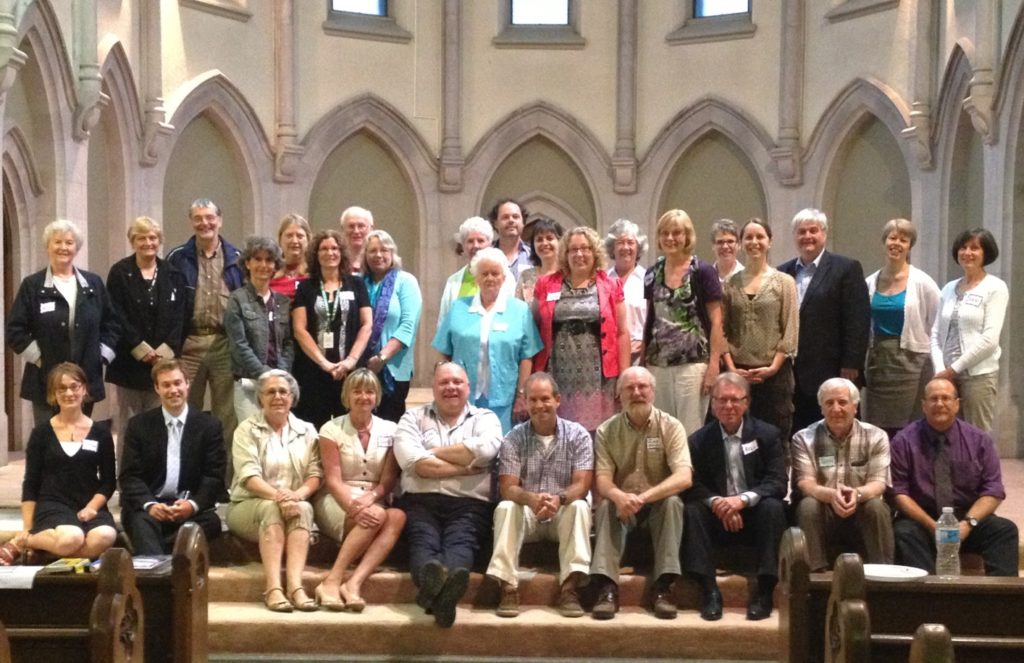
Community Bonds are a proven social finance instrument that allow people of average means to transform from occasional donors into citizen investors, giving them the opportunity to align their money with their values. Once we have worked with your organization to determine that a Community Bond is a good fit, your organization will be ready to launch a Community Bond campaign!
The Tapestry Process will guide your organization from workshop to successful campaign in 12 months. This ensures that the campaign will be managed effectively, and every step needed to have the campaign be a success is put in place:
The Tapestry Process
- Structure
- Raise
- Manage
A clear process takes the guess work out of developing a community bond, and helps you focus your energy on actually bringing the project to life, knowing that the required funding will be secured.

Planning and Feasibility (Typically 3 months)
Before we begin a Community Bond campaign with our clients, we have a range of services that allow us to prepare our clients for a successful campaign, and ensure that the intended project is a good fit for a community bond. Among these services, the Planning and Feasibility phase is one of the most crucial. This pre-campaign process allows us to test if a project will be successful. Some of the factors we look for include:
- Is this a project the community would be excited about?
- Is the project well defined?
- How much of the funds can be raise through the Community Bond?
- How will revenue be generated to repay the bonds?
- What bond price and interest rate will be attractive to the community of investor
Upfront work helps to avoid unpleasant surprises well into the campaign, and guides the structuring of the community bond.
Tapestry’s role
Even before the Feasibility Assessment, Tapestry offers a Community Bond Accelerator workshop where we conduct an initial assessment of the project idea. If we determine that the idea is viable, we’ll invite you to participate in the Planning and Feasibility phase. This includes:
- Investor Research
- Financial Feasibility
- Resource Planning
One of the major deliverables that is produced from this phase, is a financial model that can be presented to investors, and clearly outlines the bond repayment plan. We bring our years of experience to help you determine if a Community Bond fits your project and forecasts the resource demands on your organization.
 Structuring the Bond (Typically 3 months)
Structuring the Bond (Typically 3 months)
Structuring the bond refers to all of the communications and resources that have to be brought together or created to issue a bond. On the most basic level, this refers to the bond prospectus or offering statement. This document provides potential investors with all the information they need to know about the organization and the bond before making an investment decision.
Once this work is complete, a strategy and tools focussed on effectively educating the community on the project, and selling the bond have to be developed. This can include a marketing and communications strategy, campaign website, and a variety of marketing collateral.
Finally, resources should be considered to communicate with investors for the life of the bond following the completion of the campaign. A bond campaign does not end once the raise is over–investors are interested in the project, and receive interest payments over the life of the bond. In addition, the capital investment is typically repaid at the end of the bond term. As such, some mechanism for tracking, communicating with, and paying investors on a regular basis needs to be put in place.
Tapestry’s role
Our structure module can more accurately be described as the structure and infrastructure module. It is during this time that we leverage all of the information that we gathered from your organization through the planning and feasibility module, to build the perfect bond campaign for your community!
This includes the development of a business plan, creation of an offering statement and investment package, required legal work, development of a campaign website and marketing strategy, and configuration of our investor management platform Atticus. We help design campaigns that have all of the elements to attract community investors, corporate investors, institutional investors.
Raising the Investment (6 months)
Once your Community Bond is structured, it is time to raise the required capital to finance your community project! It’s at this time that your organization will engage in activities to both educate your community about the project and sell community bonds.
The most successful community bond campaigns have had a combination of both citizen investors, and institutional investors (often in the form of foundations).
It will take a strategy of ongoing and timely engagement to keep the momentum of your Community Bond campaign going, and to ensure that the full raise can be achieved.
Tapestry’s role:
Tapestry provides both the resources and expertise to supplement the experience already present on your organization’s team. We work alongside your organization to manage the community bond campaign and bond investors by: ensuring that key events are held; managing the distribution of important communication materials to investors; and closely monitoring milestones for the life of the campaign. With our assistance, your organization will be able to turn your passive supporters into active investors.
Community Bond Management (Ongoing)
The time allotted for a campaign raise is fixed, and once it has concluded, your focus will shift to managing investors for the life of the bond. Investor management includes: investor onboarding, monthly/annual reporting, interest distributions, tax documention, and redemptions at maturity.
This step should not be overlooked. Aside from the legal requirements, it is important because happy investors are more inclined to reinvest in future projects!
Tapestry’s role
We help support communication with the Community Bond investors for the life of the bond. We’re able to do this effectively through the use of our proprietary investor management platform, Atticus. With our processes and through Atticus, we have been able to raise and manage $61 million dollars from 4400 investors.
What’s Next?
Community Bonds can be effectively leveraged for a variety of projects. While the process can seem daunting, the support of a partner like Tapestry makes it simple to manage.
Do you think you have a project that would be a good fit? Click the link below to contact us and start your project or attend our next Community Bond 101 webinar.










Recent Comments